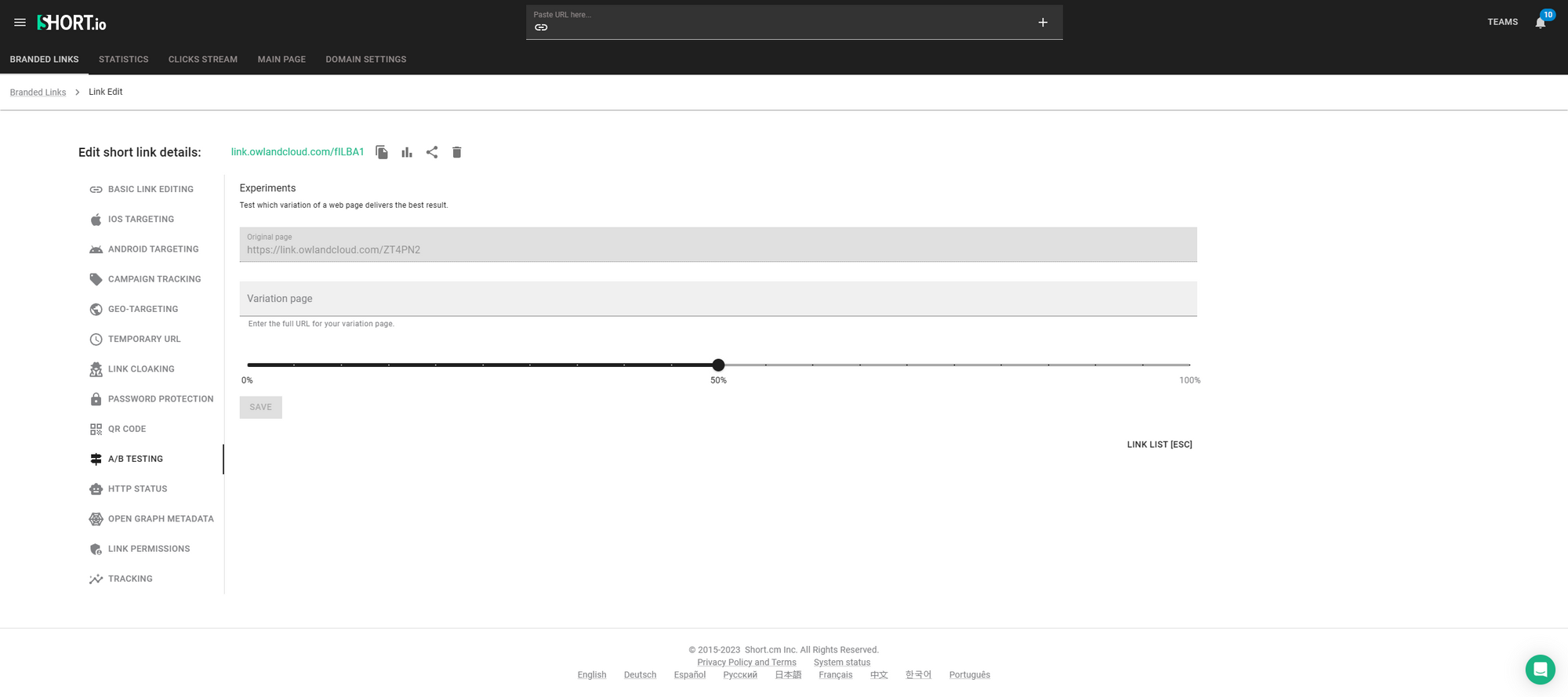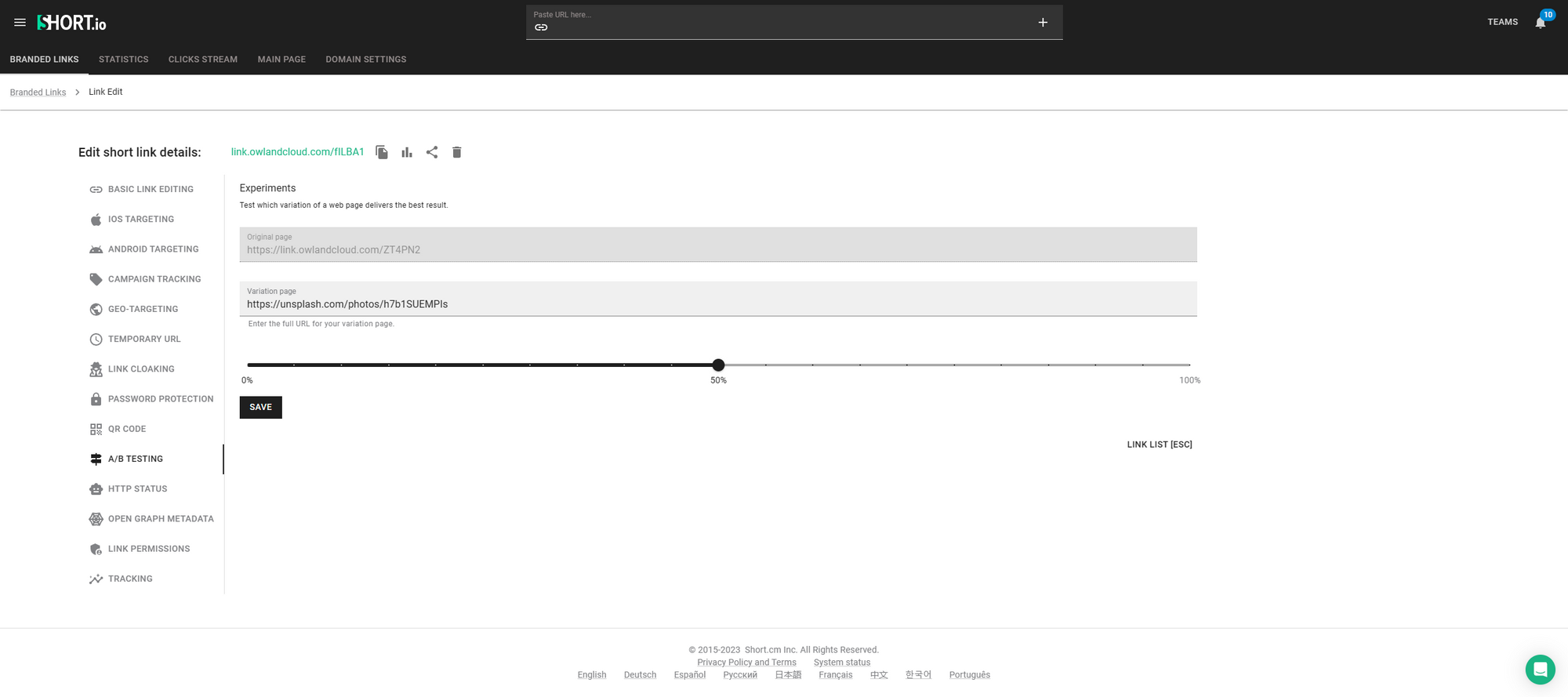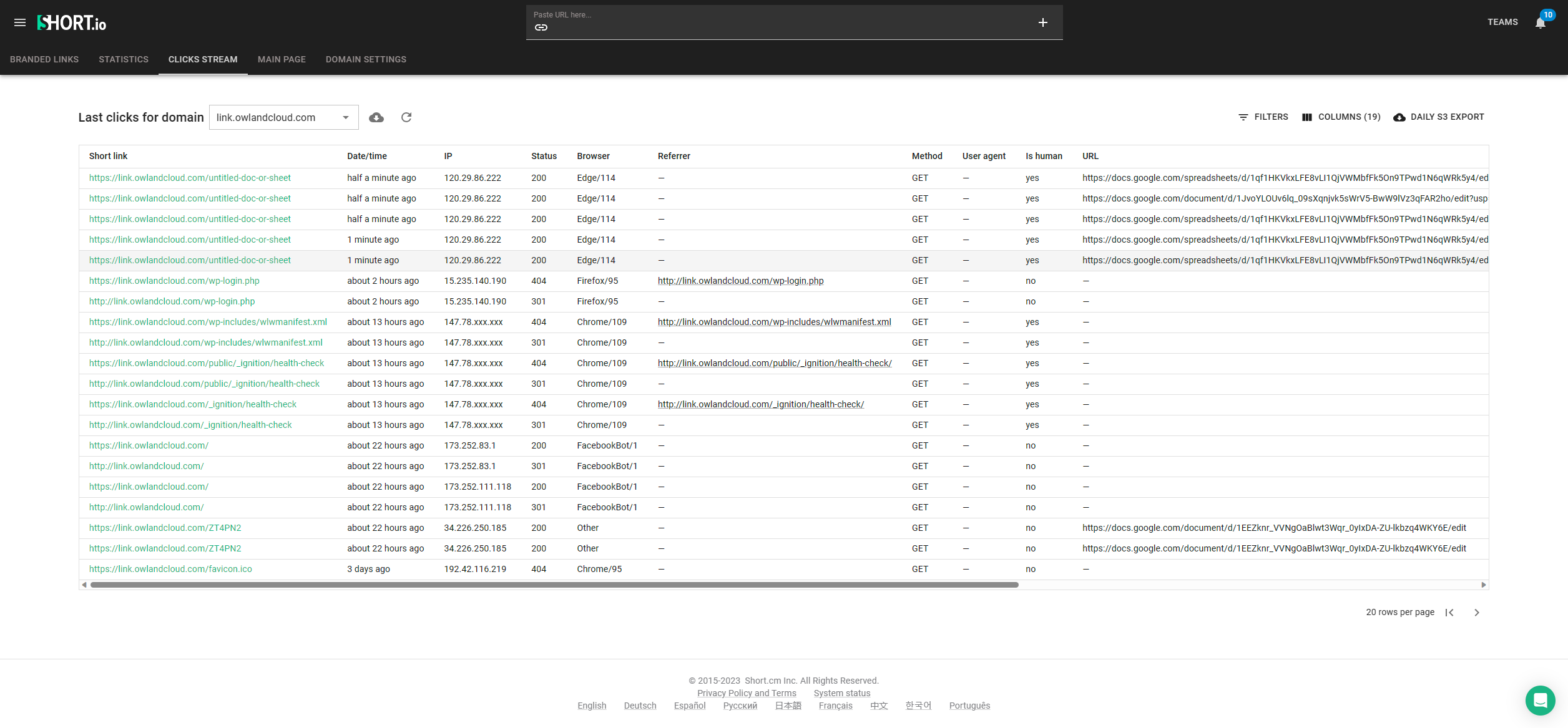Change can be an exhilarating or uncomfortable experience. Some brands will make a few tweaks to their website layout. Others may change everything altogether. They could either embrace the new improvements and changes or wish things stayed the same.
When a business launches a new product design or goes through a massive brand makeover, you never really know how the audience will respond. Or can you?
Fortunately, brand owners and marketers can make small or large changes today and have some clue or hint at how consumers will respond. They use A/B Testing, and you can, too.
So, here are four reasons why you should give A/B Testing a try.
1. Make Informed Decisions

One of the primary advantages of A/B testing is the ability to make informed decisions based on user data. Instead of relying on assumptions or personal opinions, A/B testing provides concrete evidence to guide your optimization efforts.
By comparing two or more versions of a webpage, you can identify which variation performs better regarding user engagement, conversions, or other desired metrics.
For example, imagine you are running an e-commerce website and want to determine the most effective placement for your "Add to Cart" button. By conducting an A/B test, you can present one group of users with the button on the left side of the page and another group with the button on the right side.
When you analyze the data, you can determine which placement leads to a higher conversion rate, allowing you to make an informed decision based on actual user behavior.
2. Better Optimization
A/B testing empowers businesses to optimize various elements of their website or marketing campaigns. Systematic testing lets you fine-tune critical aspects such as layout design, copy, calls-to-action, forms, and more.
Continuously iterating and testing different variations can help identify the most practical combination of these elements to maximize their impact and achieve your goals.
For instance, suppose you are a software company looking to increase sign-ups for a free product trial. By A/B testing different variations of your landing page, you can experiment with other headlines, button colors, or form lengths.
By analyzing the results, you can uncover the optimal combination that resonates with your target audience, resulting in a higher conversion rate and more sign-ups.
3. Preparing for Bigger Changes

Implementing significant website or marketing strategy changes feels risky. After all, you might've built loyalty with your audience or clientele with your original and unchanging way of doing things. So, if you rebrand yourself or change key things your clients like, you could lose a lot of good customers.
A/B testing removes this risk by testing these changes on a subset of your audience before rolling them out to your entire user base. This approach reduces the potential negative impact of changes that may not resonate with your users.
Let's say you are planning a complete website redesign. Instead of overhauling your site based on assumptions or industry best practices, you can conduct an A/B test first.
You can test the new designs on a smaller portion of your audience. You can then gather valuable insights and feedback. This enables you to make adjustments and refinements based on actual user data, ensuring that the final design is well-received by your users when it's launched to a broader audience.
4. Cost-Effective Optimization
Traditional methods of website optimization often involve substantial investments in time, money, and resources. And in most cases, you're not even sure if they work.
On the other hand, A/B testing offers a cost-effective approach to optimization. Instead of undertaking drastic makeovers of your site based on guesswork, A/B testing allows you to make smaller, targeted changes and assess their impact.
You can allocate your resources efficiently by focusing on specific elements and conducting A/B tests. This approach ensures that your optimization efforts are directed toward changes that deliver the most significant return on investment.
Moreover, A/B testing allows you to measure the impact of each change accurately, providing a clear understanding of how each modification contributes to your overall business objectives.
Ultimately, you're spending a small amount on getting feedback from real users that will allow you to make positive changes to your website and brand.
How to Run A/B Tests Using Short.io
While it is relatively inexpensive and highly effective, running A/B tests isn’t always easy. If you were to do it manually, you’d have to have some knowledge of creating websites. However, most people do not possess this, so they hire web designers. In the end, something inexpensive becomes costly.
Fortunately, link-shortening services like Short.io offer A/B Testing as one of their features. And the process? It couldn’t be simpler. You can have your A/B Testing up and running in just six easy steps. Here’s how you can do it.
1. Log into your Short.io account.
2. Shorten a link and then click Customize. (You can also just press E.)

3. Click the A/B Testing Tab.

4. The original URL will be placed on the first field by default. Place the second URL on the second field.
5. Set the ratio in which you want the audience to be divided. (50% is typically used.)

6. Click Save.
And there you have it! Your A/B Testing is good to go. You can fine-tune your websites based on actual user data in minutes.
You can also check which site each visitor is redirected to by looking at the Click Stream. When you visit the Click Stream tab, look for the short link with the active A/B testing feature.

As you can see in the example above, the first clicks go to the same Short Link. But if you look across the table, under the URL column, you'll see that it's four results redirect to the variation URL (spreadsheet), while one result redirects to the original URL (document).
With this, you can check how much traffic each page gets based on your A/B testing protocol.
Short.io for All Your Marketing Needs
A/B Testing is undoubtedly valuable, but that’s not all Short.io has to offer. A few features that are just as impressive (and perhaps, even more useful) include UTM Tracking, Geo-targeting, Mobile Targeting, Password Protection, Link Retargeting, and so much more!
If your goal is to elevate your brand’s marketing, then perhaps it’s time to give Short.io a try. Visit Short.io today and check out its features and pricing list to see which can help your brand flourish!


Join the conversation